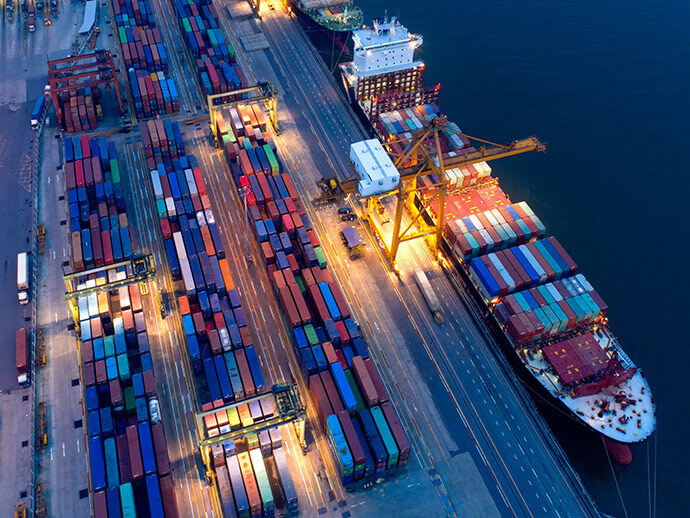It’s feels like the pendulum has swung—from boom to bust.
The last few years had segments of the industry beside themselves in glee as they raked in huge profits. But the boom is bust, and it’s time to stop swaggering. The party is over for ocean carriers especially, and they’re preparing for things to get even worse. To the extent that major trade lanes canceled 100 sailings between Dec. 12 and Jan. 15.
Click to Read: https://www.freightwaves.com/news/viewpoint-ocean-girdle-tightens-as-trade-slims-down
Closer to home, trade between the US and Mexico is expected to remain steady through 2023. During 2022, cross-border commerce between the two countries remained healthy in comparison to 2021 year-over-year stats. There was only a drop of 1% against the record spending of 2021 that spurred cross-border freight. And 2023? It looks like the future is just as bright, with Mexico becoming a choice location for companies who are considering nearshoring some of their operations.
Click to Read: https://www.freightwaves.com/news/us-mexico-trade-growth-to-remain-steady-in-2023-bolstered-by-nearshoring
Just when you thought it couldn’t get any worse—or, at least, after the last few years, you thought it could only get better. Unfortunately, after learning that global trade was far more fragile than we thought, we must accept that things could get even worse.
From past woes like the grounding of the Ever Given, the pandemic, the war, and more, we have a future that could be colored by currently festering issues. Issues like the Biden administration’s policies when it comes to global trade, especially with China.
Click to Read: https://www.ttnews.com/articles/fresh-fragility-global-trade-set-be-revealed-2023
December 2022 saw a drop of 19.3% in box volumes against December 2021, but still maintained a tiny increase of 1.3% over December 2019. All thanks to tanking global trade and increasing inflation. A recent Global Port Tracker report predicts a drop of 11.5% for January and 23% for February when compared to their corresponding 2022 months. Meaning imports will be much the same as they were when COVID lockdowns first went into effect and shipping volumes tanked.
Click to Read: https://www.wsj.com/articles/u-s-container-imports-tumbled-close-to-prepandemic-levels-in-december-11673373778?
Finally, in air freight news, air passenger traffic is almost back to normal, adding freight space capacity—almost too much capacity. Regardless, this has led to an easing of bottlenecks and fewer delays. But the industry is realizing, as things revert back, that they’re going back to a new normal, not pre-pandemic norms. And we can look to issues like a looming recession, higher energy costs, inflation, the ongoing war, and the trade war between the US and China as factors that are contributing to the change.
Click to Read: https://www.joc.com/article/global-air-freight-capacity-oversupplied-entering-2023_20221220.html





